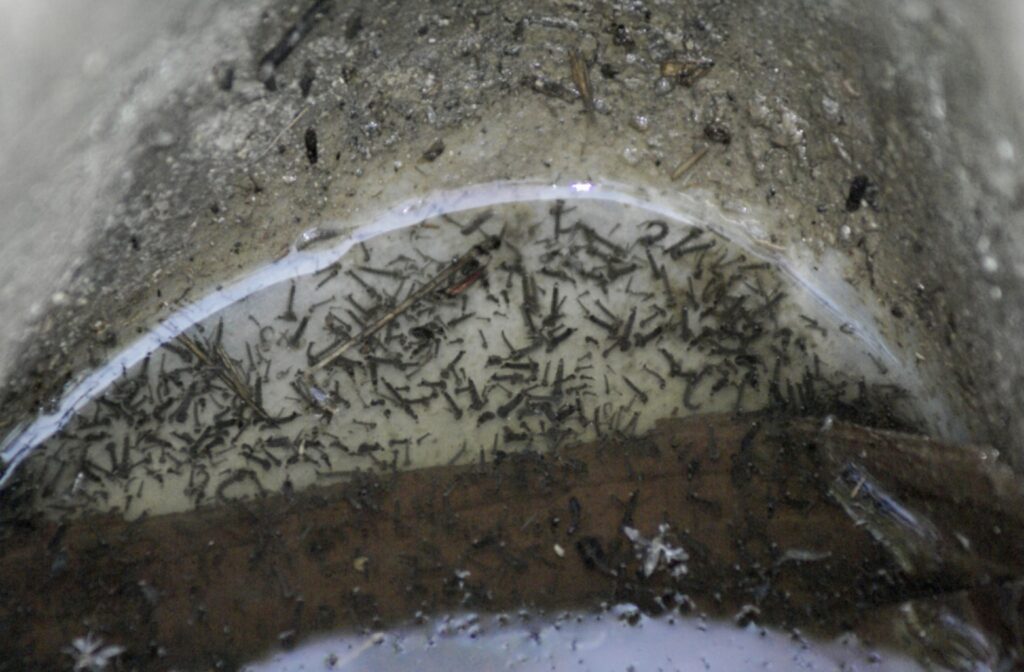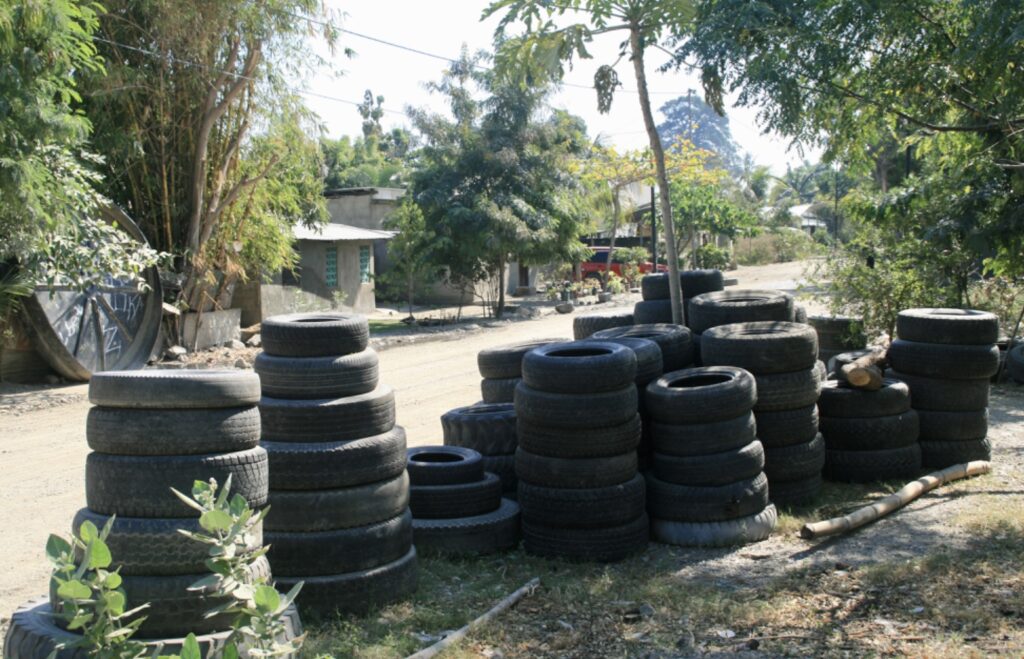Text by Henrylito D. Tacio
Photos courtesy of WHO
Rainy season is here!
Soon those lurking in the closets, damp places, and pails, drums, and basins full of water will strike. They are just waiting for the right time to become once again the “country’s public enemy number one.”
Yes, I am referring to mosquitoes which one Davao scribe describes as “terrorists on the loose.” They attack any time of the day. They don’t have any weapons, but their bite is as deadly as the gun. There’s no blood that will spill out but watch out; they are indeed lethal.
This is especially true in the case of mosquitoes that carry one of the four types of dengue viruses. More die from the bite of this dengue-transmitting mosquito than from the kidnappers’ bullets.
And like death and taxes, dengue exempts no one: fat or thin, ugly or beautiful, rich or poor, educated and illiterate. Children, who are exposed to open areas while playing, are more prone, although adults are not spared.
I had a friend who was a lawyer. He was based in Manila, but at one time, he went to Baguio, where he contracted dengue. A few days after being bitten, he suffered a high fever, severe headache, and pain behind the eyes. There was also an outbreak of rashes in some parts of his body.
From Baguio, he was brought to Manila. But it was already too late. He suffered a hemorrhage in the liver and died three weeks after being confined in one of the well-known hospitals in Makati City.
Even doctors die from it, too! There was a case of a lady physician whose daughter suffered from dengue. Unknowingly, a mosquito that bit her daughter had bitten the doctor. A few days after the daughter died, as a result of dengue, the doctor also showed manifestations of having dengue. She also died of the same disease.
Dengue fever actually doesn’t kill. It’s when dengue hemorrhagic fever (DHF) takes over that it becomes lethal. Some five percent of DHF cases are fatal; without proper treatment, the rate rises up to 15 percent.
DHF was first recognized during the 1950s. The Philippines reported a DHF epidemic in 1953-45, according to the Philippine Journal of Pediatrics. Before 1970, only nine countries had experienced dengue and DHF epidemics. Today, the disease is now endemic in more than 100 countries.

Breeding site (WHO J Gusmao) 
Ideal breeding site (WHO J Gusmao)
“Dengue hemorrhagic fever is a potentially deadly complication that is characterized by high fever, hemorrhagic phenomena — often with enlargement of the liver — and in severe cases, circulatory failure,” explains the Geneva-based World Health Organization (WHO).
Generally, dengue starts with a sudden rise in body temperature, accompanied by facial flush and other non-specific conventional symptoms. The fever usually persists for two to seven days and can be as high as 40-41 degrees Centigrade, possibly with febrile convulsions and hemorrhagic phenomena.
In moderate dengue cases, all signs and symptoms abate the fever subsides temporarily. But in severe cases, the patient’s condition may suddenly deteriorate after a few days of fever.
“The temperature drops, followed by signs of circulatory failure and the patient may rapidly go into a critical state of shock and die within 12 to 24 hours, or quickly recover following appropriate volume replacement therapy,” the United Nations health agency says.
About 20 million dengue cases occur each year and require 500,000 hospitalizations, the WHO estimates. “Dengue is the world’s most important viral disease transmitted by mosquitoes,” declares Dr. Duane Guble, health administrator of the US Centers for Disease Control and Prevention. “The mosquitoes become infected when they feed on someone who has the virus.”
Also known as “break-bone” fever, dengue is the Swahili term for “a sudden overtaking by a spirit.” Caused by four distinct virus serotypes (varieties recognized as distinct by the immune system), it is a distant cousin of yellow fever.
Dengue viruses are transmitted to humans through the bite of an infected Aedes aegypti mosquito. It bites only during the daytime, but its peak biting time is after sunrise and at dusk – especially one hour before sunset.
However, not all Aedes aegypti mosquitoes are carriers of the dengue virus, but only those that have bitten people infected with the virus. Once infected, a mosquito remains infective for life, transmitting the virus to susceptible individuals during probing and blood-feeding. However, an infected person cannot transmit the dengue virus directly into another person.
When a person is bitten by an infected mosquito, the dengue virus is deposited in the person’s bloodstream. The time between the bite of a dengue-carrying mosquito and the start of dengue fever symptoms averages four to six days, with a range of three to 14 days. An infected person can be a source of the dengue virus for mosquitoes for about six days.
“Although dengue is rarely lethal, its contribution to disease and ill health, especially among young children, should make dengue control a primary public health concern,” says Dr. Dominic L. Garcia, an infectious disease specialist.

